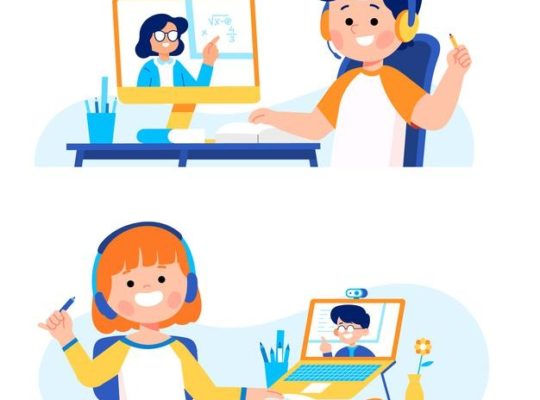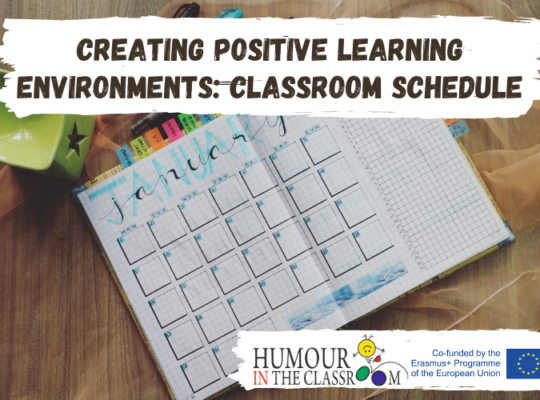Educational videos have become an important part of higher education, providing an important content-delivery tool in many flipped, blended, and online classes. Effective use of video as an educational tool is enhanced when instructors consider three elements: how to manage cognitive load of the video; how to maximize student engagement with the video; and how to promote active learning from the video. This essay reviews literature relevant to each of these principles and suggests practical ways instructors can use these principles when using video as an educational tool.
To maximize the benefit from educational videos, however, it is important to keep in mind the three key components of cognitive load, elements that impact engagement, and elements that promote active learning. Luckily, consideration of these elements converges on a few recommendations:
- Keep videos brief and targeted on learning goals.
- Use audio and visual elements to convey appropriate parts of an explanation; consider how to make these elements complementary rather than redundant.
- Use signaling to highlight important ideas or concepts.
- Use a conversational, enthusiastic style to enhance engagement.
- Embed videos in a context of active learning by using guiding questions, interactive elements, or associated homework assignments.
Full research article you can find here: https://www.ncbi.nlm.nih.gov/pmc/articles/PMC5132380/






